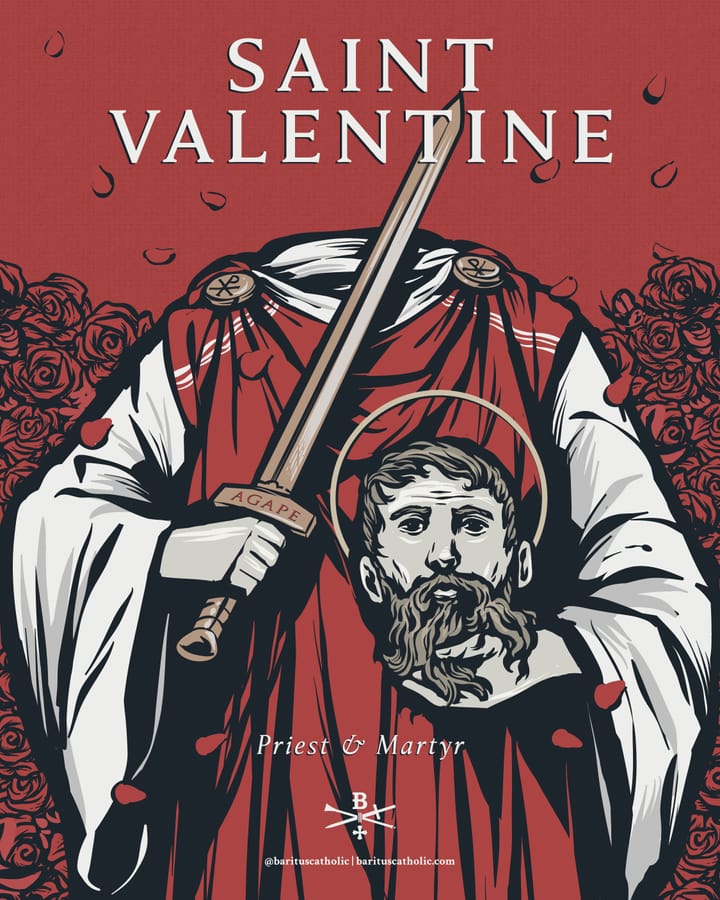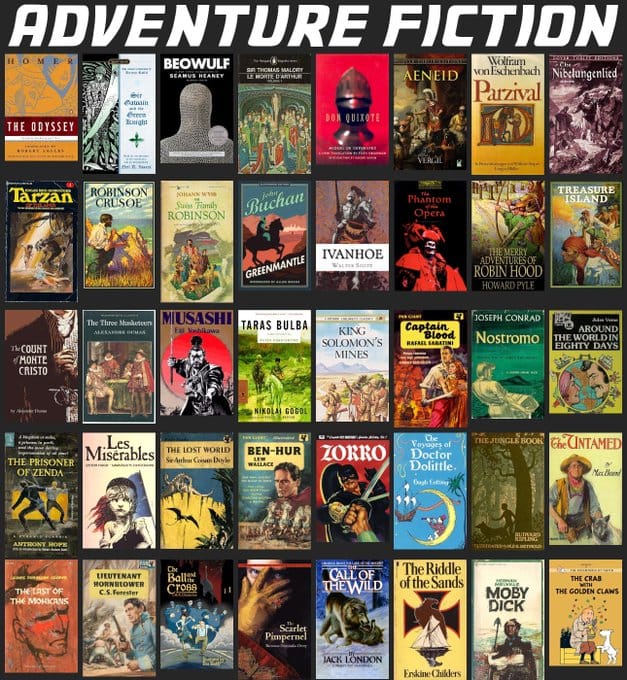The Long View: The Celestine Prophecy

The archetype of gassy New Age puffery. I'm with John: probably not actively harmful, but it won't do you much good either.
The Celestine Prophecy
by James Redfield Warner Books, 1993
246 pp., $17.95
ISBN: 0-446-51862-X LC: 93-61754
Let us be charitable. Pilgrim's Progress was not very good as a story either. Still, for centuries people throughout the English-speaking world have been edified and entertained by that book, despite its relentless allegories, stiff characters and a plot with all the surprise and whimsy of a long ride on a freight elevator. The Celestine Prophecy is a novel also economical of artistic blandishments, yet it too has achieved an uncanny popularity. As of July 10, 1994, it had been on the New York Times bestseller list for 19 weeks and was still number 2. On computer bulletin boards, people extol its virtues and testify to how it has changed their lives. The author, a New Age writer and spiritual guide who lives in Alabama, has been making the round of radio talkshows and afternoon television programs with some success. However, when all provision has been made for differences in taste and the quite real possibility that it is I who am obtuse, I cannot escape the conclusion that there is something terribly, terribly sad about the reaction to this book, that this savorless New Age confection should have been the most popular piece of spiritual reading in the United States in the first half of 1994 [when this was written].
The framework of the book ("plot" is perhaps an exaggeration) is simple enough. It seems than an Aramaic document, written about 600 B.C., has been discovered in Peru. This work, which is composed of nine "insights," explains the reason for human conflict and outlines the future of the race. The Peruvian government, at the behest of the Catholic Church, is trying to find and suppress the document. Therefore, its keepers have divided it up for safety and translation. The protagonist is a man from the United States who goes to Peru and finds the translated insights one by one.
Well, okay. It is interesting to note that when this book first appeared, it was characterized as non-fiction. Some of its readers, I gather, still think it may be literally true. (The book, by the way, had been self-published before Warner Books so profitably adopted it.) It was reclassified as fiction, perhaps because of little slips, such as the consistent reference to the indigenous civilization of Peru as "Mayan." That and the fact the denim-and-Jeep culture in which the characters move sounds rather more like Colorado than Peru.
The first insight is that we should take significant coincidences, what Jung called "synchronous events," more seriously. The protagonist takes this advice, and so progresses from encounter to encounter with just those people he must meet to in order to find each insight and become prepared for the next. Most of the insights deal with interpersonal relationships. Thus, we learn that marriages and friendships fail because they become struggles for power in a quite literal sense. As our protagonist's spiritual capabilities increase, he can actually see the cloud of psychic energy being pulled back and forth between people engaged in an argument. This energy is necessary for health and happiness. To dominate another person is to steal his energy. The solution to this dilemma is the insight that you can draw all the power you need directly from the universe. As you draw more and more power, you develop new faculties. At the end of the process, your body becomes spiritualized and you can walk into heaven.
Perhaps one of the attractions of the book is that the author's spiritual system is held together by a kind of soft millenarianism, a three-stage model of history quite like that developed by the Abbot Joachim of Fiore in the twelfth century. Starting about the year 1000 A.D., according to the author, the Western world lived in a universe of faith, certainty and otherworldliness. This lasted about 500 years, until dissatisfaction with the way the Church applied its own ideals led to a second age, one centered on enjoying and understanding this world. Today, it seems, the world is approaching a critical mass of spiritual disaffection which will at last open people to wider realties in the New Age, the third age to come. During the coming age, people will depend less and less on science and engineering and more on their psychic abilities. Indeed, one of the insights is that, deep in the New Age, the chief item of production for which people will be paid will be more spiritual insights. (For those who cannot wait for the New Age, the book thoughtfully provides subscription information to the author's monthly newsletter, The Celestine Journal, which is no doubt full of insights.) At the end of history, the whole human race will consist of spiritual adepts who will move on to a higher plane of existence.
It is hard to see how this book does any great harm. The advice about personal relations which the book provides is not vicious (or interesting). Even its fashionable anti- Catholicism lacks sting, since the author does not know enough about Catholicism to criticize it. The cardinal who is trying to destroy the manuscript, for instance, explains his actions in part with the argument that the insights, if published, would make people less prepared for the Rapture. Perhaps more important, the world of The Celestine Prophecy is one without evil. This is true even of the cardinal, who is merely deluded. This, maybe, is the problem: if the bad is not very bad, neither is the good very good. The book's prescriptions for reducing interpersonal conflict rest on a theory that sounds more like fluid dynamics than like ethics. Our conflicts, all the trouble in human history, are the result of the fact that we have unknowingly been trying to steal spiritual "stuff" from each other, what the Chinese call "chi" force. Fortunately, however, now we know that we can get all the stuff we want at will from the universe. All conflicts and violence can now therefore cease. Well, I'm glad that's settled.
The only frightening thing about this book is what it suggests about the state of American spirituality. Hundreds of thousands apparently find it provocative, life-changing and deep. You hope that this just a case of people reacting positively to the best that they can get. After all, the book does seem to be well-meant, and a little popular eschatology can be edifying. You fear, however, that the success of books like this means that people would not recognize the real spiritual life if they ever met it.
This article originally appeared in the October 1994 issue of Fidelity magazine. Copyright © 1996 by John J. Reilly

The Celestine Prophecy: An Adventure By James Redfield



Comments ()